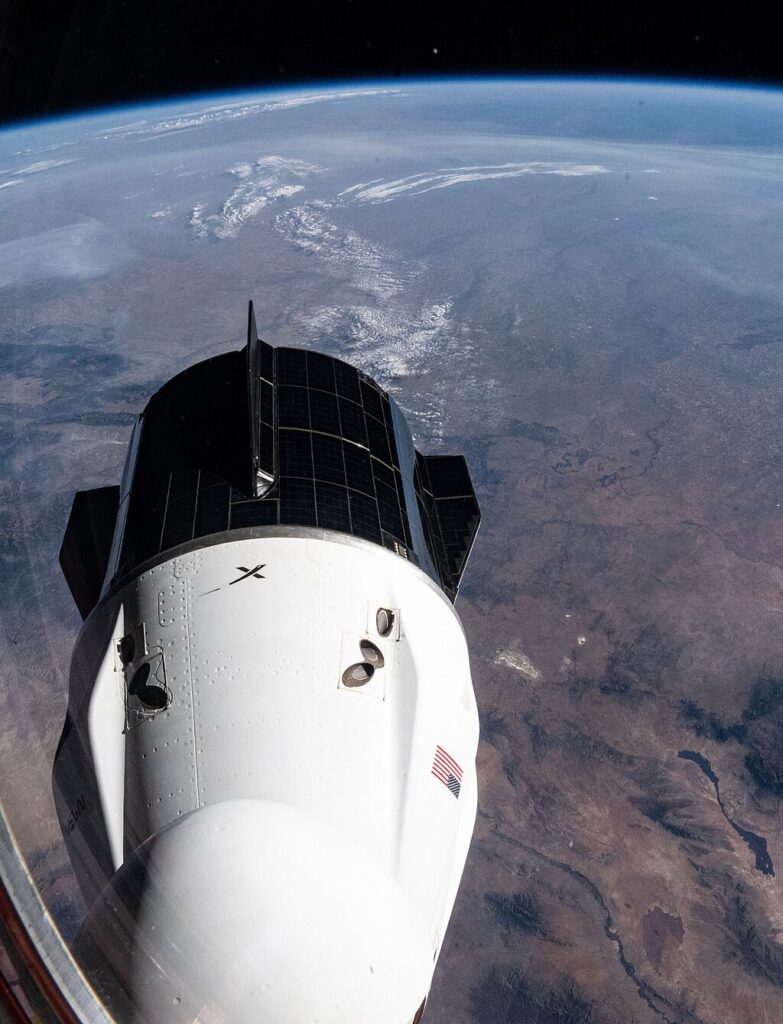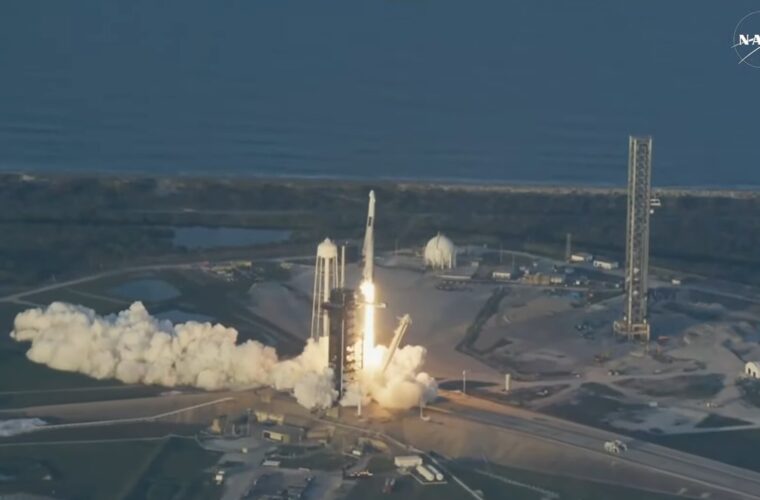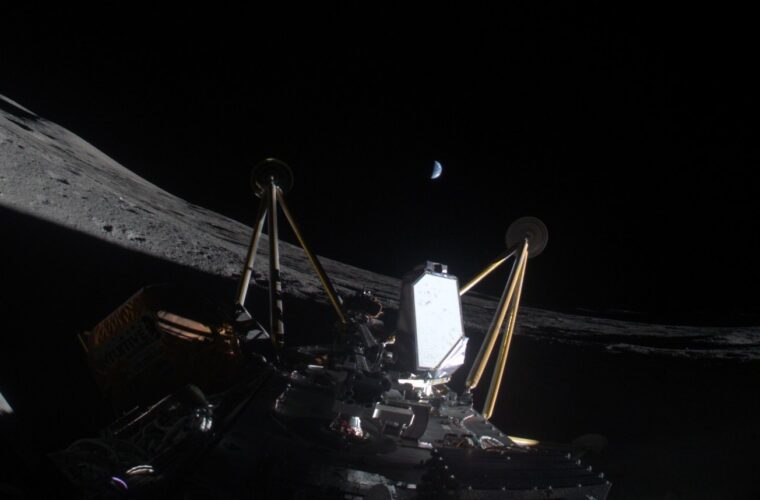Human body: An eight-day mission turned into an adventure lasting over nine months. This is the incredible story of Butch Wilmore and Suni Williams, two American astronauts who spent an incredible 286 days on the International Space Station. Although it is not the record for the longest stay in space, which with 437 days belongs to cosmonaut Valeri Polyakov, followed by Sergey Avdeev (379 days) and Oleg Kononenko and Nikolai Chub (373), the prolonged absence from Earth of the two astronauts has raised concerns about their health.
An unexpected mission
The NASA astronauts left for their journey ‘among the stars’ on 5 June 2024 on board the Boeing Starliner, with a planned duration of only eight days. However, a series of faults were detected on the shuttle, and further delays forced the pair to change their plans. So much so that for safety reasons, the Starliner spacecraft returned to Earth in September with no crew on board.
Nobody could have predicted that their trip into space would last until 18 March 2025, the day Wilmore and Williams returned inside the SpaceX Dragon capsule, together with NASA astronaut Nick Hague and Russian cosmonaut Aleksandr Gorbunov. The latter two returned to base after a six-month mission. After returning to Florida, the SpaceX Crew-10 crew took over from Crew-9, successfully docking with the International Space Station. Inside, there are four astronauts from three different countries: Kirill Peskov from the Russian Roscosmos, Takuya Onishi from the Japanese space agency JAXA and Nichole Ayers and Anne McClain from NASA.
The effects of microgravity
In addition to the images of the landing with the astronauts in wheelchairs and on stretchers, what was striking was the condition of Williams and Wilmore, who appeared to be much older than last June. This isn’t surprising for those in the know who are familiar with conditions in space. However such a prolonged and unexpected period of time does raise some concerns regarding the effects of microgravity on the human body.
Thanks to the experience and the space missions that have been taking place for years, there are known aspects and others still to be understood regarding the body’s reactions after prolonged exposure to a particular environment. The best-known example is the temporary increase in height because you become a little taller due to the stretching of the intervertebral discs, as well as the development of baby feet, due to the loss of the thick and strong layer of skin under the soles of the feet. One of the most debated points concerns the worsening of bone density and muscle mass, which age considerably.



The big problem: deterioration of bone mass
According to Professor Damian Bailey, professor of human physiology at the University of South Wales, ‘space is by far the most extreme environment that human beings have ever encountered, and there has not yet been an evolution to handle such complex conditions’. This is due to the fact that the human body has adapted to terrestrial conditions, which is the environment in which it lives. The classic example is the action of the heart, which pumps blood throughout the body, having to overcome the force of gravity that pushes fluids downwards.
Returning to the loss of bone density and muscle mass, according to Bailey, ‘about 1% of astronauts’ bones and muscles deteriorate every month‘. For this reason, those who find themselves inside the spacecraft are accustomed to practising movements for many hours a day (from the exercise bike to the treadmill) so as to slow down the accelerated ageing compared to what happens on Earth.
Several studies show that after a six-month mission, astronauts lose decades of bone mass, and it takes them, on average, over a year to recover the state they were in before launching into space. The process will, therefore, be longer for Wilmore and Williams, who spent more than nine months in space and are no longer very young (he is 59, she is 62 and after nine spacewalks and 62 hours and 6 minutes, she became the woman to have spent the longest time outside the International Space Station).
Some specialists have said that it could take more than two years for the bone mass of the two to return to normal. I have no idea how long it will take, but knowing the arduous work that astronauts have to undergo, I’m convinced that the two will feel better again, and maybe even ready to return once more to their favourite space.



